
Table of Contents
Key Strategies to Optimise Amusement Park Operations for Safe Experiences
- 1. Staff Training and Emergency Preparedness: The First Line of Defence
- 2. Designing with Compliance and Safety in Mind
- 3. Clear Signage and Guest Communication
- 4. Regular Safety Inspections and Independent Audits
- 5. Incident Management and Reporting
- 6. Capacity Management for Safer Spaces
- 7. Adapting to Weather and Environmental Changes
- 8. Prioritising Health and Sanitation
- 9. Embracing Technology for Smarter Safety Management
- 10. Cultivating a Safety-First Culture
FAQs
- 1. What are the most common safety measures taken in amusement parks?
- 2. How often should rides and equipment be inspected?
- 3. How can amusement parks handle emergencies like sudden weather changes?
- 4. What role does technology play in improving amusement park safety?
- 5. Why is guest education important for amusement park safety?
Funworld Bangalore
August 7, 2025
Optimising Amusement Park Operations for Safe Experiences
Discover how to optimise amusement park operations with proven safety strategies, staff training, tech, inspections & more for secure guest experiences.
Optimising amusement park operations is essential not just for efficiency and guest satisfaction, but more importantly, for ensuring a safe and secure environment. With thousands of visitors flocking to these parks daily, safety must be embedded in every operational decision, from ride maintenance and crowd management to staff training and emergency preparedness.
This blog explores key strategies to optimise amusement park operations for safe experiences, blending staff training, technology integration, equipment maintenance, and proactive planning into one cohesive, safety-first approach.
Key Highlights:
- Safety in amusement park operations depends on well-trained staff, strict compliance, and proactive emergency planning.
- Clear communication through signage, apps, and digital alerts helps guests stay aware and confident during their visit.
- Regular inspections, third-party audits, and prompt maintenance prevent breakdowns and reduce safety risks.
- Smart technologies like sensors, cameras, and analytics improve monitoring, reporting, and crowd management.
- Fun World, Bangalore, stands out for its certified staff, maintained rides, and consistent commitment to guest safety and comfort.
Understanding Amusement Park Safety
Amusement park safety is a multi-layered system that goes far beyond simple ride instructions. It encompasses everything from rigorous equipment inspections and staff preparedness to crowd control and emergency response planning.
A truly safe amusement park environment is built on three foundational pillars: guest safety, which includes clear signage, safety protocols, and accessibility; employee safety, involving proper training, protective gear, and incident response plans; and equipment safety, which requires regular maintenance, compliance with safety regulations, and real-time monitoring.
Each aspect is vital in protecting visitors and staff while supporting the park's ongoing success.
- Guest Safety: Your guests' experience directly influences your park’s reputation. Ensuring their safety means taking thorough precautions, such as clear signage, knowledgeable staff, and safety instructions for riders. These measures help guests enjoy their visit with peace of mind.
- Employee Safety: Your team is the foundation of your park’s operation. Providing a safe workplace for your employees enables them to concentrate on delivering excellent service. This includes regular safety training, proper protective equipment, and open lines of communication.
- Equipment Safety: Your rides' excitement depends on their reliable functioning. Routine maintenance, following industry regulations, and upgrading equipment when needed are crucial steps to avoid accidents and keep attractions running smoothly.
Key Strategies to Optimise Amusement Park Operations for Safe Experiences
Below is our detailed amusement park safety checklist to guide your safety efforts.
1. Staff Training and Emergency Preparedness: The First Line of Defence
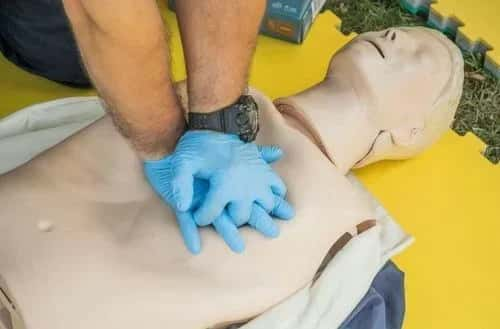
Your staff members are stewards of guest safety. Their knowledge and confidence, gained through thorough training, are the first and most effective defences in preventing incidents and ensuring rapid, calm responses when something goes wrong. A park’s safety culture begins with how people are trained, empowered, and supported.
- Emergency Response Training: All staff, especially those operating rides and overseeing guest areas, must undergo thorough training in emergency response. This includes handling medical emergencies such as fainting or dehydration, ride malfunctions that require safe evacuation, and environmental situations like sudden storms or lightning.
- Drills and Refreshers: Theoretical training isn’t enough. Parks should conduct frequent emergency drills to simulate real-life scenarios and ensure staff can respond promptly under pressure. CPR certification and first-aid refreshers should be ongoing, not one-off requirements.
- Empowered Employees: A well-trained staff member is more likely to take immediate, confident action during a crisis. Empowering your team with decision-making authority in emergencies and equipping them with communication tools strengthens their role as the park’s front-line defence.
2. Designing with Compliance and Safety in Mind
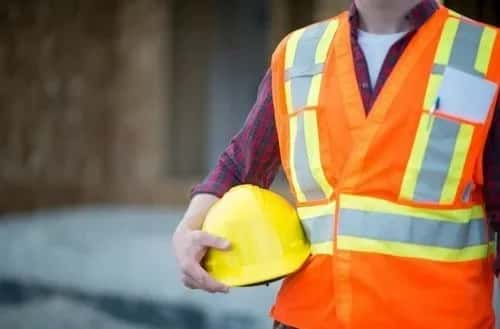
Safety should be at the core of a park’s design philosophy, not an afterthought. By considering regulatory compliance, accessibility, and inclusivity from the ground up, park operators create a foundation that supports safe, enjoyable experiences for all visitors.
- Regulatory Compliance: Collaborate with engineers, safety consultants, and local authorities to ensure every ride and facility adheres to national and international safety codes. Design structures that withstand environmental stressors like high winds or earthquakes, and stay proactive about evolving standards.
- Accessible Infrastructure: Safety and hospitality go hand in hand. Paved, level walkways, wheelchair-accessible rides, and inclusive restroom facilities are essential to ensure every guest can explore the park with confidence and independence.
- Inclusive Features: Consider the sensory and emotional needs of neurodiverse guests. Quiet rooms, sensory-friendly attractions, and low-stimulation waiting areas help reduce anxiety and sensory overload. These spaces promote a sense of belonging and demonstrate your commitment to inclusive design, fostering a more empathetic and considerate environment.
3. Clear Signage and Guest Communication
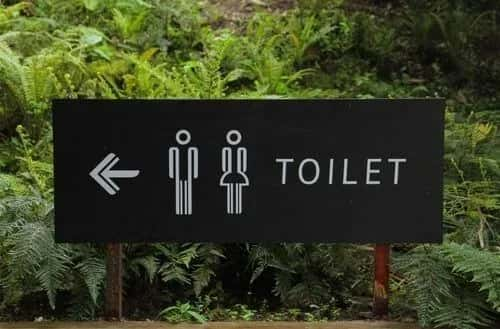
Amusement parks attract diverse guests, including international visitors, children, and individuals with disabilities. To maintain a safe environment, communication must be clear, consistent, and accessible across all demographics. By ensuring clear signage and communication, you can instil confidence in providing a safe environment for all guests.
- Universal Signage: Install signs that combine text, symbols, and braille to ensure accessibility for all guests. Strategic placement near rides, restrooms, exits, and emergency shelters enhances visibility and effectiveness.
- Ride Instructions and Restrictions: Detail every ride’s height, age, and health restrictions. Make these visible at ride entrances and online to prevent misunderstandings. Staff should be trained to enforce these rules without exception to avoid legal issues and injuries.
- Digital Integration: Leverage technology through mobile apps, digital boards, and push notifications. These tools allow you to deliver real-time updates on ride statuses, weather advisories, and safety alerts directly to guests’ devices, enhancing their awareness and decision-making.
4. Regular Safety Inspections and Independent Audits
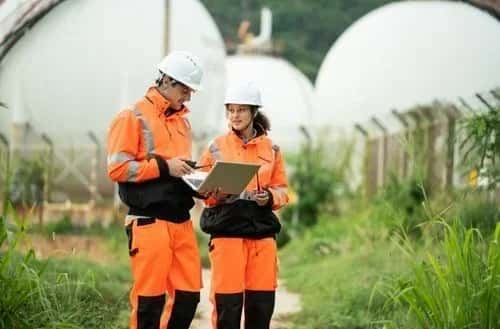
Mechanical safety is non-negotiable in amusement parks. Attractions must be meticulously maintained and regularly inspected, with hundreds of moving parts and thousands of guests depending on them.
- Daily, Weekly, and Monthly Checks: Implement a layered inspection framework. Daily checks should focus on ride readiness and cleanliness, weekly inspections should examine structural components, and monthly reviews should involve deeper diagnostic testing and analysis.
- Third-Party Audits: External audits conducted by certified professionals bring an unbiased perspective to your safety processes. They help uncover overlooked risks, ensure code compliance, and provide credible assurance for stakeholders and guests.
- Prompt Response Plans: Encourage ride operators to report anomalies immediately. If any safety concerns arise, such as strange noises, irregular vibrations, or guest feedback, stop operations, document the issue, and initiate a structured inspection protocol.
5. Incident Management and Reporting

A comprehensive incident management system does more than just react; it learns, improves, and informs future planning. Transparency, swift responses, and accurate documentation are critical to reducing harm and preventing recurrence.
- Structured Protocols: Develop step-by-step response plans for injuries, lost children, guest complaints, and equipment issues. Assign roles clearly so staff know exactly what to do when an incident occurs.
- Documentation: Maintain thorough records for every incident. Include photos, witness statements, time logs, and actions taken. These logs help in legal contexts and offer insights for refining safety strategies.
- Waivers: Utilise digital waiver systems like ROLLER to collect guest consent while streamlining processes. Ensure legal vetting of all waiver language to protect guests and the business.
6. Capacity Management for Safer Spaces

Overcrowding diminishes the guest experience and can create unsafe conditions. Effective capacity control ensures guests can move freely and safely throughout the park.
- Real-Time Monitoring: Use sensors, cameras, and occupancy software to monitor crowd density and identify high-traffic areas. Real-time data allows timely interventions, such as opening additional queues or redirecting foot traffic.
- Timed Entry and Reservations: Limit overall park capacity by issuing time-slotted tickets or requiring reservations for popular rides. This spreads guest flow evenly across operating hours and helps avoid long waits or congested zones.
- Data-Driven Planning: Use historical attendance data to plan staffing, cleaning schedules, and maintenance during off-peak hours. Predictive analytics can help avoid bottlenecks and improve operational efficiency.
7. Adapting to Weather and Environmental Changes

Weather is a wild card in park operations. While it’s impossible to control, having contingency plans can mitigate risk and protect guests and staff.
- Weather Emergency Plans: Develop specific action plans for weather scenarios, such as thunderstorms, high winds, and heat waves. Identify shelter areas and create maps for guests and staff to access in an emergency.
- Monitoring Systems: Deploy weather monitoring tools that provide real-time alerts. Train staff to interpret these alerts and initiate response plans immediately.
- Communication Protocols: Integrate weather updates into mobile apps, digital signage, and PA systems. Prompt and consistent messaging ensures guests understand changes, such as ride closures or evacuation procedures.
8. Prioritising Health and Sanitation

Health-related concerns have gained unprecedented attention in recent years. Beyond preventing the spread of illness, sanitation protocols boost guest confidence and demonstrate care.
- Sanitation Stations: Position hand sanitising stations near entrances, food courts, bathrooms, and ride entrances to make them highly visible and easily accessible throughout the park.
- High-Frequency Cleaning: Schedule routine cleaning and disinfecting of high-touch surfaces such as railings, seats, tables, and kiosks. Use non-toxic, fast-drying solutions to ensure cleanliness without disrupting operations.
9. Embracing Technology for Smarter Safety Management
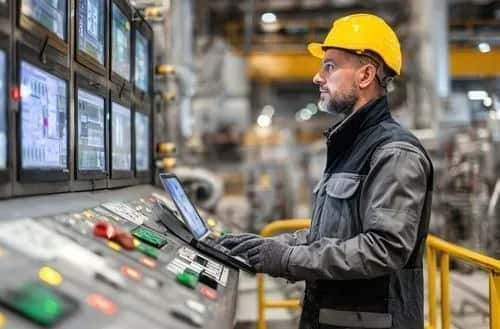
Technology has revolutionised safety maintenance and monitoring. From predictive analytics to automated alerts, digital tools can create a safer, more seamless park experience.
- Sensors and Surveillance: Install IoT-enabled sensors on rides to monitor performance and detect anomalies. CCTV systems enhance security coverage and provide incident footage for reviews.
- Incident Analytics: Collect data from guest complaints, staff reports, and operational logs to uncover trends. Use this insight to improve procedures, train staff, and update policies.
- Digital Signage: Adapt messages instantly to communicate emergency instructions, wait time changes, or lost child announcements. Strategically placed screens ensure guests always stay informed.
10. Cultivating a Safety-First Culture
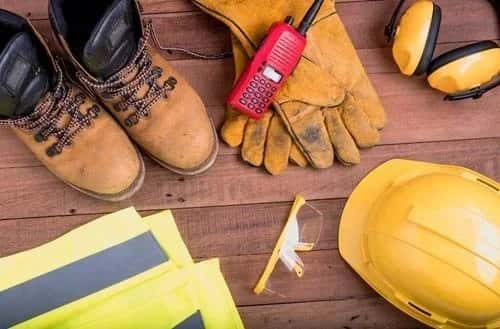
Ultimately, lasting safety comes from mindset and values. Creating a culture that prioritises safety at all levels of the organisation leads to long-term improvements and guest trust.
- Leadership Buy-In: Park leaders should champion safety through words and actions. Leadership must allocate resources, review safety KPIs, and set expectations for everyone in the park.
- Empowerment and Engagement: Encourage staff to take initiative and voice safety concerns. Recognise employees who demonstrate exceptional safety behaviour to promote a proactive atmosphere.
- Guest Education: Don’t assume guests will know what to do. Provide pre-arrival safety videos, in-park tutorials, and clear communication about how to stay safe and report issues.
How Does Fun World Offer One of the Safest Experiences for Visitors?
As one of Bangalore’s most beloved amusement and water parks, Fun World prioritises guest well-being through every aspect of its operations. The park follows strict safety protocols, including regular maintenance checks, professional ride operation training, certified lifeguards, and advanced monitoring systems.
Each attraction is designed and maintained with safety as the top priority. Clear signage, emergency preparedness, and courteous staff ensure that every visitor, child, or adult enjoys their day with complete peace of mind.
Fun World’s commitment to creating a secure, enjoyable environment sets it apart as one of the safest amusement park experiences in the region.
If you're planning a fun weekend, a group adventure, or a corporate outing, Fun World offers safe, well-maintained, and affordable entertainment all year round.
Create unforgettable memories in one of Bangalore’s most trusted amusement parks, where safety meets excitement. Book your tickets now and make your next day magical at Fun World, Bangalore!
FAQs
1. What are the most common safety measures taken in amusement parks?
Amusement parks typically implement a mix of daily ride inspections, trained staff, clear safety signage, guest health protocols, and emergency preparedness plans. These measures ensure that visitors have a secure and enjoyable experience.
2. How often should rides and equipment be inspected?
Most parks conduct pre-opening checks each morning and detailed inspections weekly or monthly. Fun World Bangalore follows a similar system, with ride maintenance done every night after closing. This ensures each attraction, including major rides like the Swing Tower and Roller Coaster, is ready and safe for the next day’s visitors.
3. How can amusement parks handle emergencies like sudden weather changes?
Parks should have weather monitoring systems, designated shelter zones, communication protocols for guests and staff, and clearly defined evacuation plans. Regular drills help ensure these plans are executed effectively.
4. What role does technology play in improving amusement park safety?
Technology such as RFID wristbands, IoT sensors, digital signage, and mobile apps enhances real-time tracking, predictive maintenance, emergency communication, and overall guest safety awareness.
5. Why is guest education important for amusement park safety?
Educating guests on safety rules, ride restrictions, and emergency procedures empowers them to make informed choices. Tools like signage, mobile alerts, and videos help reduce risks and improve the overall safety experience.
More To Read

CORPORATE| July 27, 2024
Places to Visit Near Bangalore Within 50 Kms
Explore the best places to visit within 50 kms of Bangalore! Perfect for short trips, find scenic spots and local attractions just a quick drive away.

CORPORATE| July 27, 2024
Places to Visit Near Bangalore for 2 Days
Escape the city for a weekend! Discover the best places to visit near Bangalore for 2 days, with exciting activities and relaxing retreats.
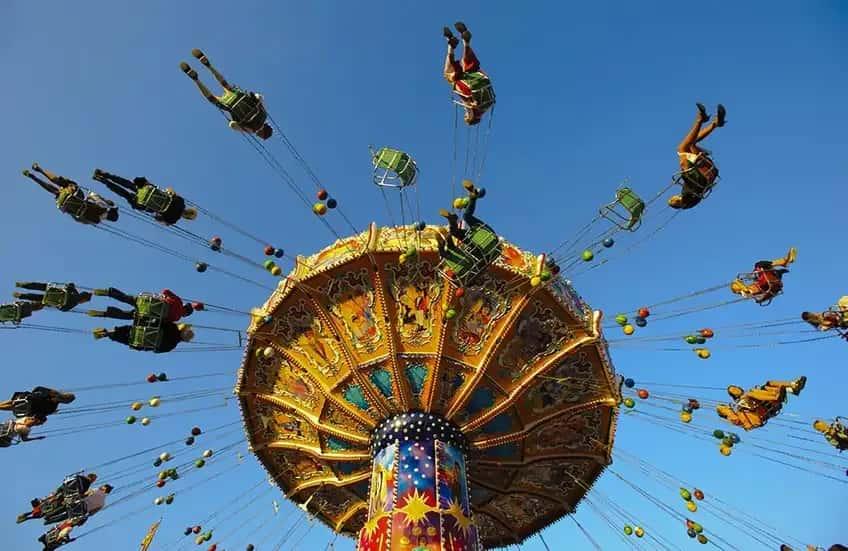
CORPORATE| October 26, 2024
Dress Code for Funworld BLR: Safety and Hygiene!
At FunworldBLR, your safety and hygiene are our top priorities. To ensure an enjoyable experience for everyone, we follow internationally accepted standards for our dress code. Here’s everything you need to know before you visit!

CORPORATE| July 20, 2024
Amusement Parks in Bangalore – Top Attractions to Visit
Explore the top amusement parks in Bangalore! Discover thrilling rides, fun activities, and must-visit attractions for a day filled with excitement and joy.